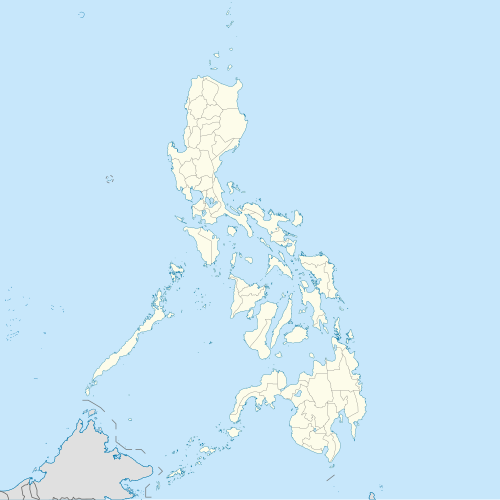A request that this article title be changed to Philippines September 2025 protests is under discussion . Please do not move this article until the discussion is closed. |
This article documents a current event. Information may change rapidly and initial news reports may be unreliable. The latest updates to this article may not reflect the most current information.(September 2025) |
| Philippines September protests | |
|---|---|
| Part of Asian Spring | |
| Date | 12 September 2025 – present |
| Location | Philippines |
| Caused by | Political corruption in the flood control projects |
| Goals | Transparency and accountability in the Philippine government budget |
| Methods | |
| Status |
|
The Philippines September protests are a series of widespread demonstrations in the Philippines, with upcoming protests mainly planned at Rizal Park in Manila and at the People Power Monument along EDSA in Quezon City, both within Metro Manila. [1] They involve several anti-corruption protests stemming from investigations into government corruption in flood control programs, involving both the executive and legislative branches of the Philippine government. The date coincides with the 53rd anniversary of the declaration of martial law in the Philippines. Several cities and municipalities across different provinces are also expected to hold local demonstrations.
Contents
- Background
- Events
- September 9
- September 12
- September 13
- September 17
- September 18
- September 21
- References
The protests in Rizal Park are organized by various sectorial groups, including activists and students, while the protest in the People Power Monument is known as the "Trillion Peso March" and was organized mainly by religious sectors, mainly the Catholic and the Protestants. [2]


